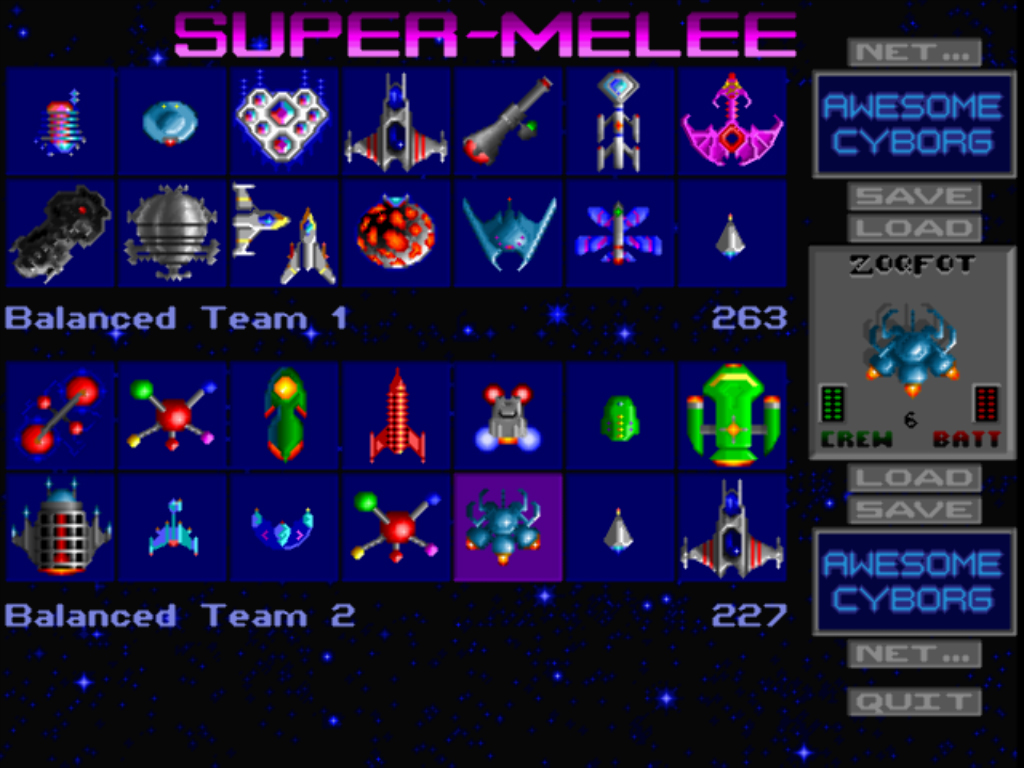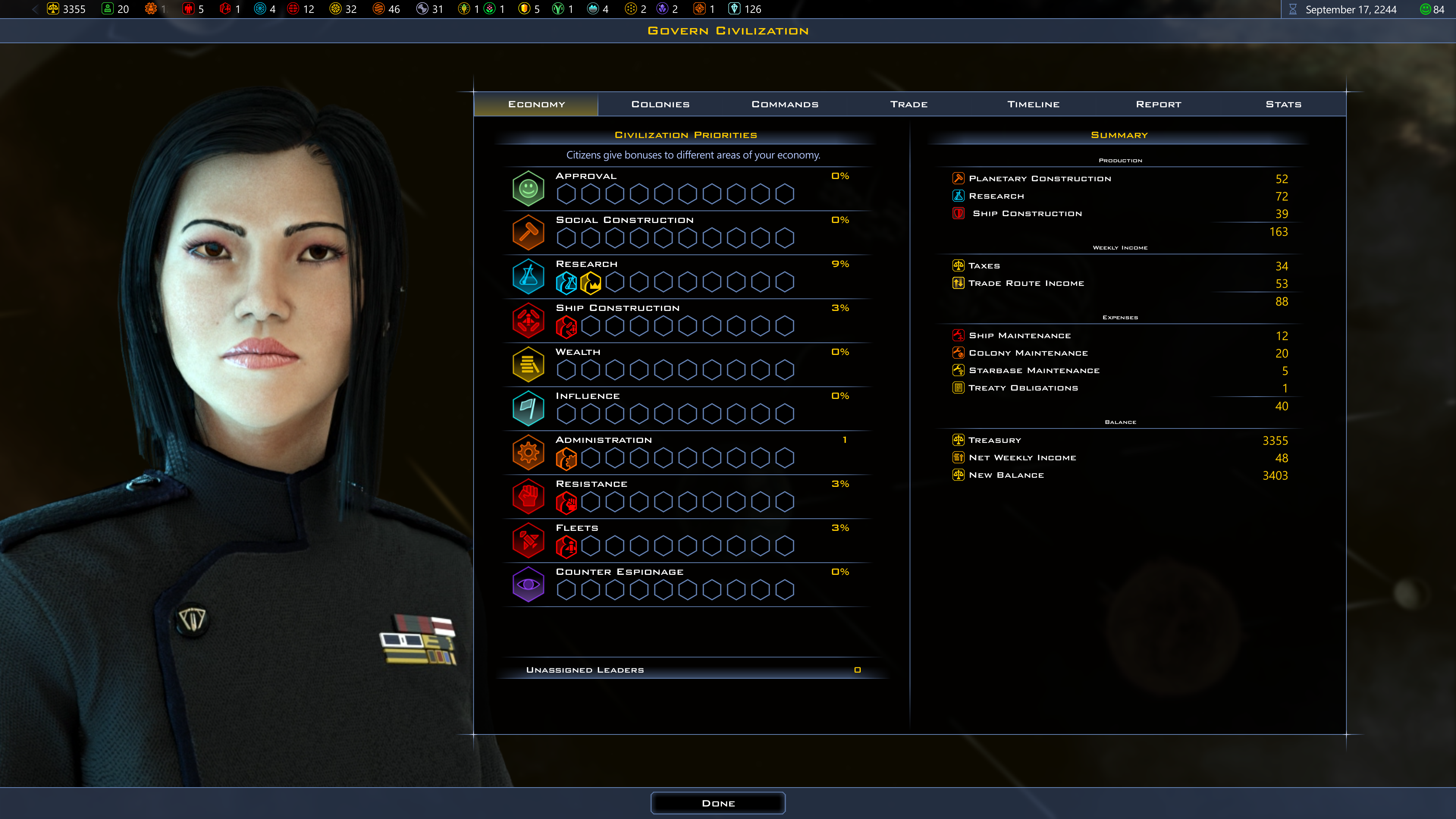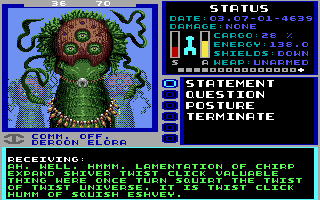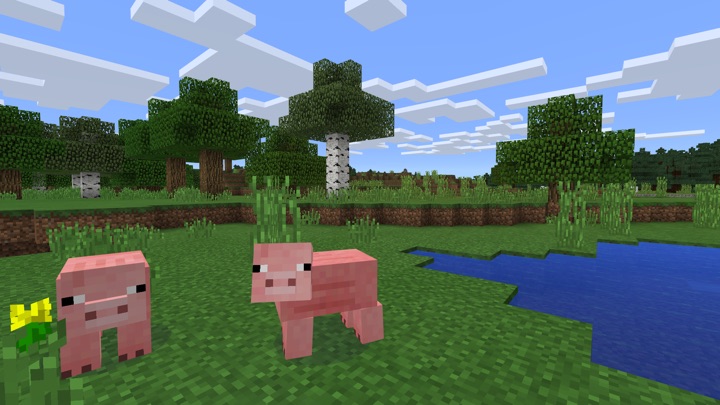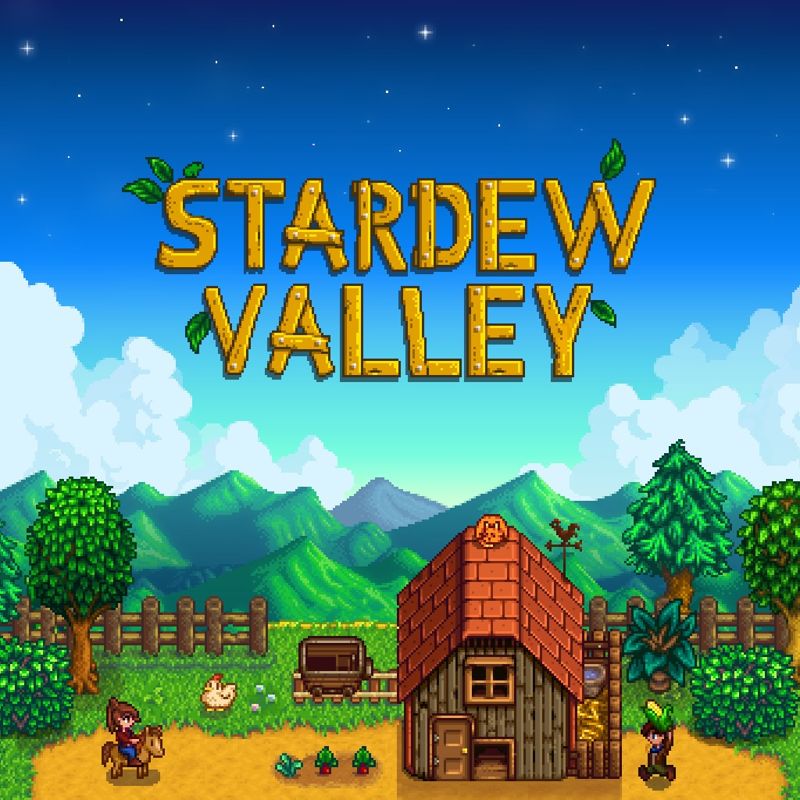November 15, 1993:
Stardock Systems Inc. (SDS) is pleased to announce the need for beta testers
for "Galactic Civilizations" (TM) multimedia strategy game for OS/2 2.1.
Galactic Civilizations is (as far as we know) the first commercial PM
based game for OS/2. It takes advantage of OS/2 in ways that most applications
don't:
* FULL MMPM/2 sound support
* Software Motion video
* Heavy use of threads
* Work Place Shell aware
* Advanced Artificial Intelligence algorithm.
This game was designed from the ground up to take advantage of OS/2
2.1. It is not a port and it wasn't written to be ported to other platforms.
It is for OS/2 2.1 and above -- PERIOD.
The game has many similarities to Empire, Simcity, Civilization, and Masters of
Orion. It is, in some ways (though inadvertently) a mixture of the above into
one high performance OS/2 game.
Game Features:
- Up to 7 Computer Players against you at once.
- Variable sized Galaxies.
- SDS/AI (tm) .75
- Several different difficulty levels
- Support for 16bit and 24bit color as well as 16 and 256 color modes.
- Unlimited saved games.
Brief game description:
The game is set in the future. The human race has managed to build a
gigantic starship called a Colony Wagon. This Colony Wagon can hold up to
50,000 human colonists along with data banks that hold all of the world's
current technology bases.
During its maiden voyage it encounters a wormhole and is never
heard from again. However, on the other side of the freak wormhole, it finds a
vast area of totally unexplored space. Your starship must find a star system
with planets capable of
supporting human life. Once you set up a colony, you come to
realize that you are all alone and must advance mankind in this unknown area of
space. You have available to you a list of technologies you have within your
grasp enough to research.
By researching new technologies you can build new things
such battleships, starfighters, galactic wonders, planetary improvements, etc.
These things help your people by making them happy, more resourceful, and more
productive.
Unfortunately for you, there are also up to 7 other players who have
one advantage over you and one disadvantage. Their advantage is, they already
know what stars are out there since they didn't just zip out of a worm hole.
Their disadvantage is that they are just
getting into colonizing other worlds so you
have a small technological advantage over them.
Once you come in contact with the computer controlled players, you can
ally with them, ignore them or try to conquer them. The game ends when all of
the remaining players are allied with each other (not an easy thing to do) or
if yo
u technologically advance to the point where you basically are omnipotent. Or
(of course) you destroy all the other players. You can become powerful by being
very rich via trading with other players or having a large and powerful
military.
Your primary goals are:
- Develop new technologies
- Colonize new worlds
- Overpower your enemies
- Keep your people happy
Things that aid you in becoming powerful:
Developing technologies that allow you to build newer weapons,
planetary improvements, and Galactic Wonders. Planetary improvements includes
things such as Planetary Entertainment Centers, Military Academies, and
Currency Exchange O
utposts. Galactic Wonders can include such things as Dyson Rings (NOT spheres
-- impossible!), Deep Thought, and The Star Terror Project.
As your technology advances, so does your weaponry and trading. Your
first star ships don't even have weapons. In later stages of development, your
starships can destroy entire star systems!
Frequently Asked Questions:
# How is your game different than Masters of Orion?
1. GalCiv works off of a Quadrant approach like most science fiction
novels/shows. You view space in terms of quadrants, not the whole galaxy at
once!
2. Star Systems can have many planets in them -- not just one. You
could theoretically have a star system with 20 planets that are just fine for
living on (we've never seen it but it is possible).
3. The difficulty levels affect the AI, not where you start the game.
For example, the hard level of GalCiv penalizes the computer players less than
easier levels. Masters of Orion seems to just place you in a terrible place at
the
beginning more often and allows the computer players to just produce a lot
more than they seem possible (we have no affiliation with MicroProse so we
cannot confirm for certain if this is what they are doing but that is what it
looks like).
4. Most importantly, because the game works on a quadrant level, you
know who is coming to your star systems (assuming they are within sensor range)
and you can attempt to stop them with your military long before they can even
touch
your star system. In MOO, you can literally be helpless to stop a computer
player from just appearing NEXT to your planet and destroying it with bombs.
# How is Galactic Civilizations different from Civilization?
While the names may imply some similarity, the primary things they have
in common are:
A. You try to improve your lot with research and making your people
happy.
B. You compete against other civilizations (hence the word in the
title).
Galactic Civilizations takes place in space. The combat system is
radically different. Your starships have hit points. This way, it is
impossible for a brand new battle ship to be destroyed by some scout ship
simply by having a really bad defense roll.
Galactic Civilizations relies far more on trade than
Civilization. In Civ, no matter how much of a trader you are, the other
players will simply destroy you once they can militarily. In GalCiv, you
establish TWO-WAY
trade routes. Other Civilizations may find themselves financially dependent
on you. Unlike other strategy games, when you run out of money in GalCiv, you
don't lose your social improvements (which is what would happen in an ideal
society
when at war but show me a society that doesn't cut the military before social
security!). In GalCiv, you will find your starships being decommissioned when
you run out of money and you don't get any money back for selling them! A
warmongering Civilization will
think twice about attacking someone who supplies 25% of
their yearly income. Income necessary to maintain that massive war fleet of
theirs.
GalCiv has a working GOTO system.
# Your game sounds like Spaceward HO. What's the difference?
Spaceward HO shows you all the planets you can go to. You know where
they are. In GalCiv, you are free to move anywhere on the map and only know
where star systems are (and hence planets) once they are discovered. Moreover,
GalCiv
works on a star system basis, not a collection of planets. Finally, GalCiv's
planets aren't just specialized worlds. In reality, worlds are typically a
mixture of many things. They aren't either MINERAL worlds or good for living
worlds.
They are a combination of many factors. GalCiv reflects these realities.
# What's so great about your AI?
There is nothing particularly wonderful about our AI except for the
fact that it can be implemented on a PC. The only game that we are aware of
that tries to provide a truly good strategy AI is WarLords2. Unfortunately, it
is a DOS
game which means that the computer players sit there and do nothing while you
move and then have to move while you sit there watching a status bar cross the
screen. Most non-moving decisions can take place while the human player is
doing something. For example, a typical human player takes a few minutes
to complete
a move. This is more than enough time for all computer players to take care of
his bookwork and strategy evolution. Since GalCiv is a native OS/2
application, this bookwork takes place in its own thread
while you move. Even during the
actual portion where the computer players move their pieces, it is done in a
thread. For the few seconds that this occurs you are free to do other things
such as look at statistics for the game or review your worlds.
Let's say, for example,
that they had a 1mhz 386 system and it took 3 minutes for the computer players
to move. While they were moving, you could look over your star systems,
projects, o r even the wealth of statistical information available to you
(we like statistics). The point is, you are never stuck looking at an hour
glass. Some games do have their computer players move fast but none of
them (that we're aware of) do it without requiring the computer players to
cheat. The GalCiv AI does not allow cheating (besides, it's harder to
program them to cheat, we'd have to come up with a second set of rules for
the computer!).
Availability:
The game is scheduled to be released Spring 1994. An early Alpha is being
shown this week at Comdex in the following places:
PSP booth in the main convention center.
and
Programmer's paradise at the Hilton.
The alpha is pretty rough but has an early version of the software motion
picture video interface that IBM wanted to show at Comdex.
BETA TESTING REQUIREMENTS:
Beta testers that are selected will be asked to send $10. Before you scream,
the $10 is mainly a token fee. We have no way of separating the people who are
truly interested in helping us develop a quality OS/2 product and the ones who
want a free look at a new product or worse, free floppy disks. The $10 fee
should
scare off most if not all the non-serious beta testers. We're sorry to have to
do that but just put yourselves in our position and I think you'd agree. We
are only going to have a couple dozen beta testers so we're obviously not going
to get rich off of the beta testing.
=================================================================
To apply for the beta you must have:
OS/2 2.1
Super VGA running at 1024x768x256 colors (we have not optimized for other
display sizes and color depths -- though 16bit color and 24 bit color is
supported even at this point).
8 megabytes of memory
a 383sx-33 or better system.
==================================================================
The final release will require:
OS/2 2.1
VGA or better graphics
8 megabytes of memory (total on system, the game only needs a couple megs but
we don't want people running it on 4-6 megs of memory, we don't want hate
mail).
If, after reading the fee and the requirements you still want to beta test
please send email to the GalCiv project manager at SDS:







![The Year of Incline [2014] Codex 2014](/forums/smiles/campaign_tags/campaign_incline2014.png)


